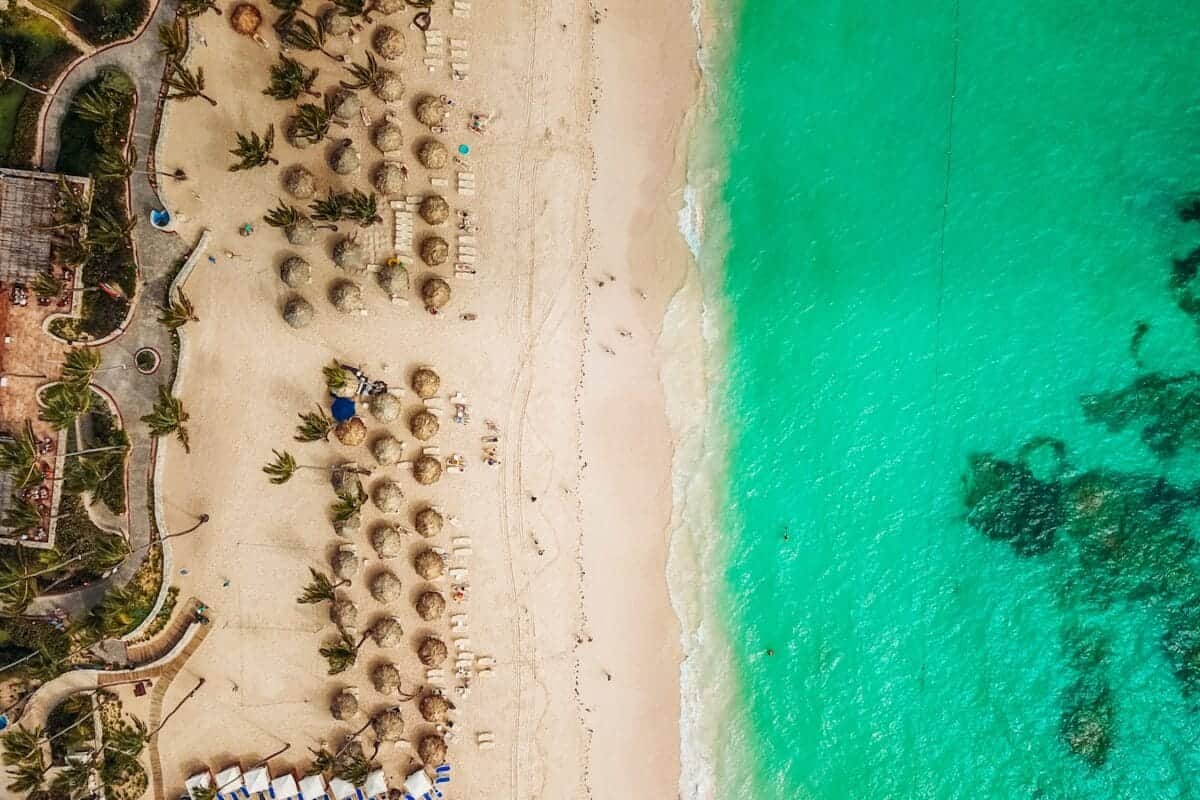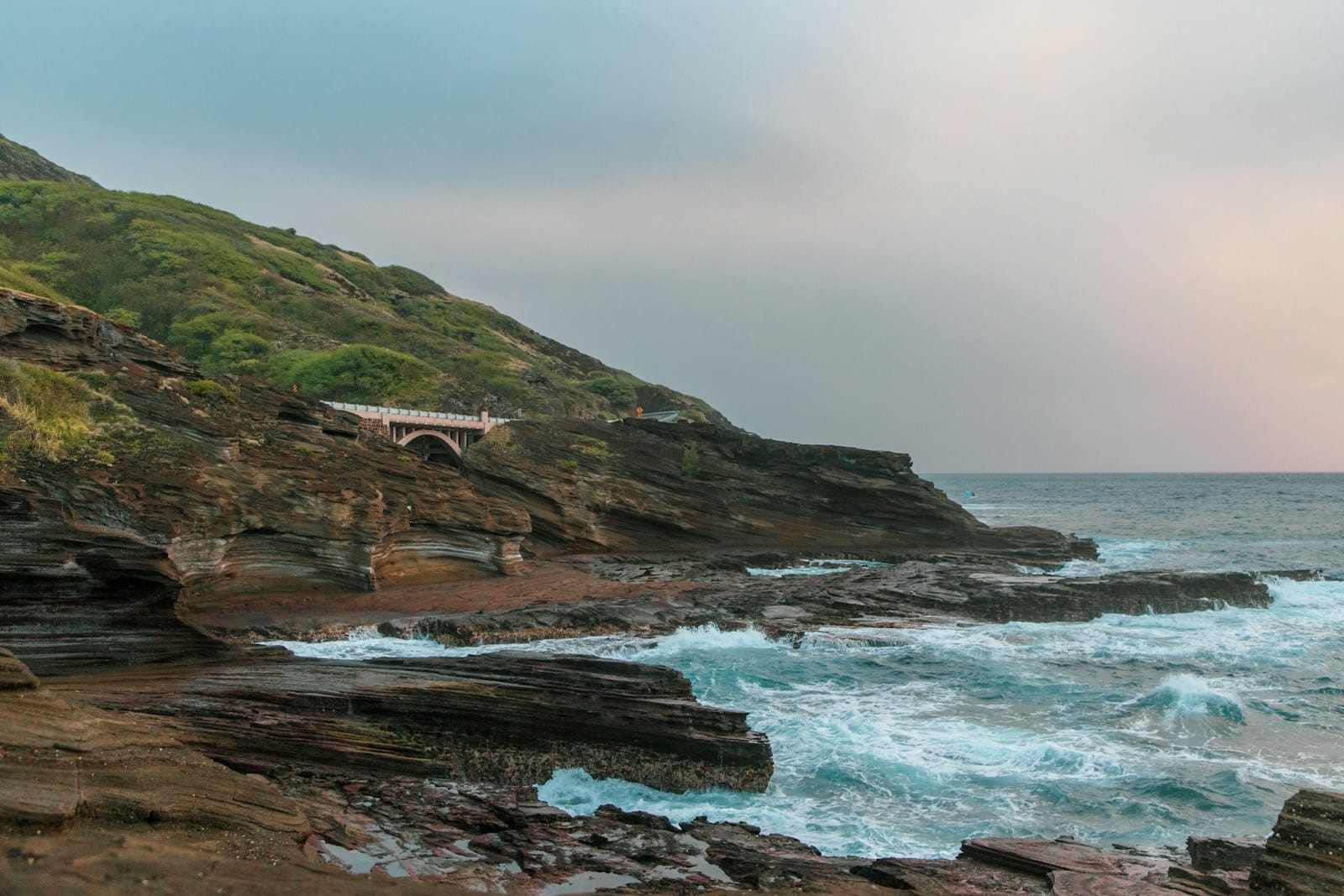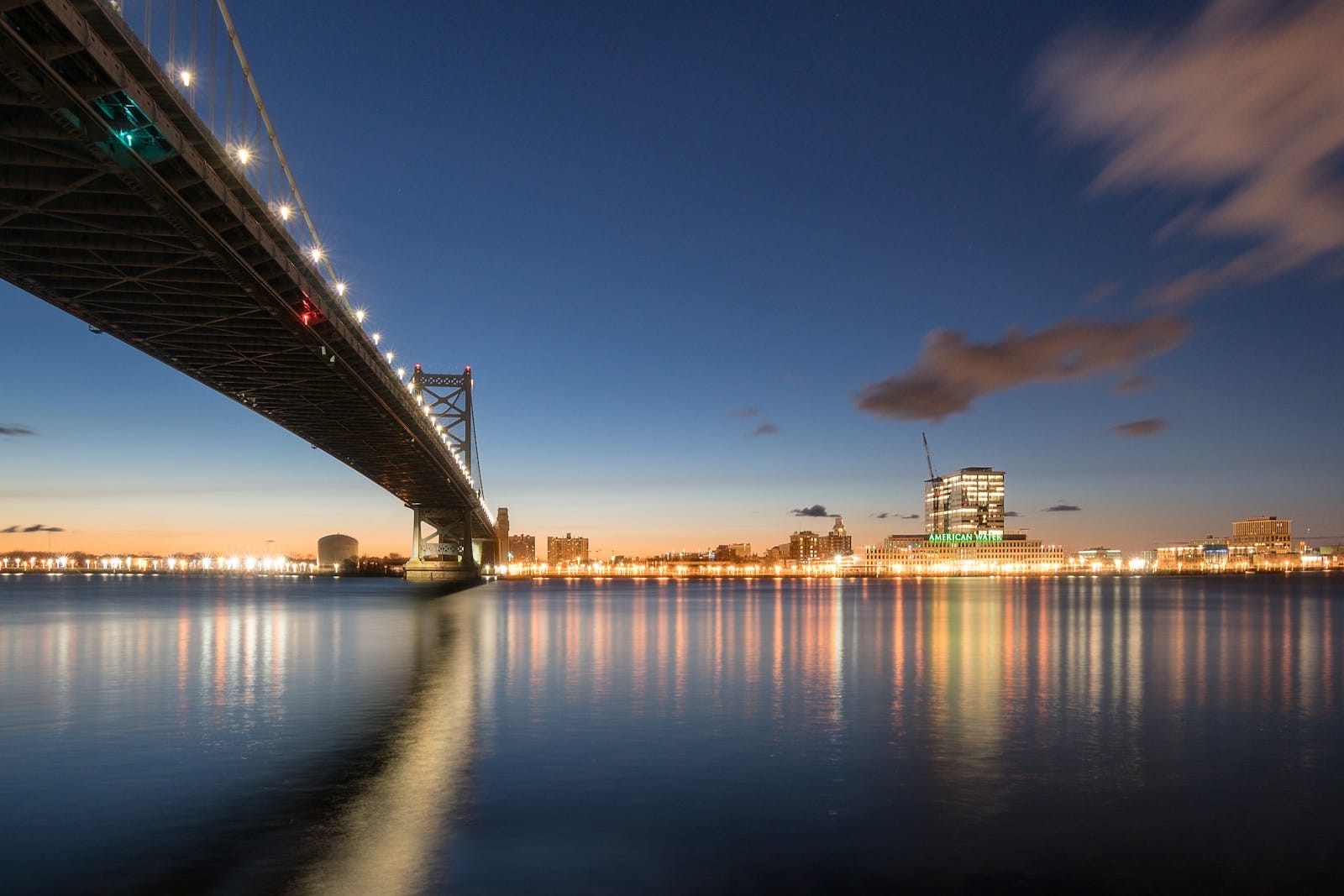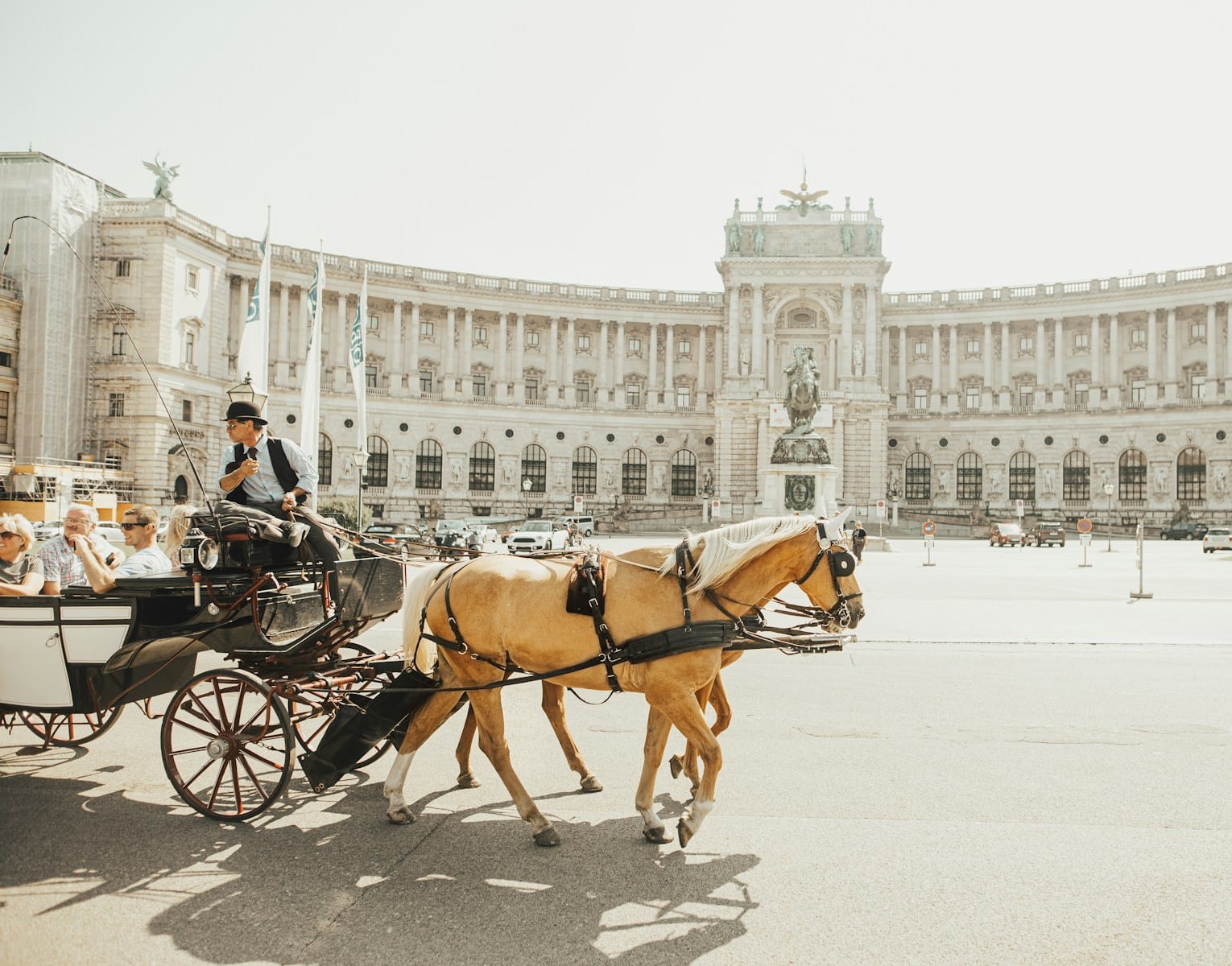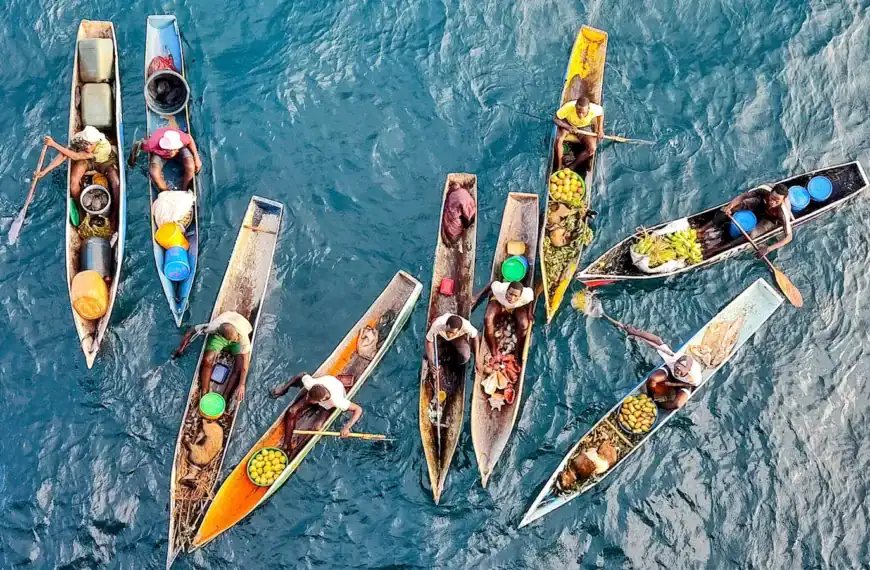Dominican Republic Travel Guide: Where Caribbean Dreams Come to Life
Intro to Dominican Republic Travel Guide
The Dominican Republic is one of the most versatile destinations in the Caribbean — a place where sun-soaked beaches, jungle-covered mountains, colonial cities, and Afro-Latin rhythms all meet on one unforgettable island. Whether you’re after luxury escapes or rugged adventure, there’s a side of the DR made for you.
Start planning with this comprehensive Dominican Republic Travel Guide — from curated Dominican Republic tours and local cultural routes to tips on the best time to visit, travel costs, and the most rewarding places to visit in the Dominican Republic.
Where to Go in Dominican Republic
Bahía de las Águilas | Barahona | Bayahibe | Boca Chica | Cabarete | Jarabacoa | La Romana | Las Terrenas | Puerto Plata | Punta Cana | Samana | Santiago de los Caballeros | Santo Domingo
💡Quick Facts:
Destination: Dominican Republic
Continent: North America (Caribbean)
Country: Dominican Republic
Administrative Division: 31 provinces + National District (Distrito Nacional)
Area: 48,671 km² (18,792 mi²)
Population: ~11.5 million (2024 est.)
Density: ~236 people/km²
Capital: Santo Domingo
Regions/Subregions:
• Santo Domingo (Colonial Zone, Malecón)
• Punta Cana & Bavaro (beach resorts, Cap Cana)
• Puerto Plata (Amber Coast, Playa Dorada)
• Samaná Peninsula (Las Terrenas, El Limón Waterfall)
• La Romana (Casa de Campo, Bayahibe)
• Santiago de los Caballeros (Cibao Valley hub)
• Barahona & Southwest (Lago Enriquillo, Bahía de las Águilas)
Official & Regional Languages: Spanish (official); English widely spoken in tourist areas
Currency: Dominican Peso (DOP)
Time Zone(s): Atlantic Standard Time (AST, UTC-4)
Airports:
• Punta Cana International Airport (PUJ)
• Las Américas International Airport (SDQ) – Santo Domingo
• Cibao International Airport (STI) – Santiago
• Gregorio Luperón International Airport (POP) – Puerto Plata
• La Romana International Airport (LRM)
Climate: Tropical rainforest and savanna; warm and humid year-round
Known For: All-inclusive beach resorts, Colonial Zone (UNESCO), merengue and bachata music, mountainous interior (Pico Duarte), eco-tourism
🛂Arrival Info:
• Visa-free entry for US, Canada, EU, UK (up to 30 days)
• Tourist Card ($10 fee) included in airfare
• Extensions available for longer stays (up to 90 days)
• Official visa info: Dominican Republic Ministry of Foreign Affairs
• Customs info: DGA Dominican Customs
💉Health Info:
Recommended vaccines: Hepatitis A & B, Typhoid
Dengue fever, Zika virus present; mosquito precautions advised
No malaria risk in tourist zones
Major hospitals: Plaza de la Salud (Santo Domingo), Hospiten Bavaro (Punta Cana)
English-speaking doctors in major resorts
Travel insurance recommended
✅ Check travel insurance options for travel emergencies, delays, and medical needs abroad — Get coverage here
✅ Stay Informed with Official Updates: WHO – International Travel & Health | CDC – Travel health updates
🚨Travel Advisory:
General Level 2: Exercise Increased Caution (crime-related risks)
Petty theft in tourist hotspots and beaches
Scams: unofficial tour operators, inflated taxi fares
LGBTQ+ travelers generally safe in resorts but discretion advised in rural areas
✅ Stay Informed with Official Updates: US Travel Advisory | UK Foreign Travel Advice
📅Holidays:
Independence Day: February 27
Restoration Day: August 16
Merengue Festival (Santo Domingo): July/August
Holy Week (Semana Santa): March/April
Christmas Eve/Day: December 24–25
Carnival: February (dates vary)
💰Visitor Info:
Currency: Dominican Peso (DOP); USD accepted in tourist areas
ATMs widely available; card payments common in resorts
Tipping customary (10% in restaurants, service staff)
Budget travelers: $50–80 USD/day
Midrange: $120–200 USD/day
Luxury: $250+/day
Hotel taxes: ~18% VAT + 10% service charge (often included in advertised rates)
✈️Airports:
PUJ – Punta Cana International: Most international arrivals; resort region
SDQ – Las Américas (Santo Domingo): Ideal for capital and southern coast
STI – Cibao International (Santiago): Northern highlands
POP – Gregorio Luperón (Puerto Plata): Northern coast
AZS – Samaná El Catey: Eastern peninsula and whale-watching region
✅ Delayed or canceled flight? Check if you’re eligible for compensation
🚍Transport:
Public guaguas (minibuses) and carros públicos (shared taxis) in cities
Intercity buses: Caribe Tours, Metro Bus
Taxis: unmetered, negotiate fares in advance
Ride-hailing apps: Uber operates in Santo Domingo, Santiago, Puerto Plata
Driving: right-hand side; IDP recommended
Common scams: inflated taxi fares, fake excursion sellers
✅ Book reliable airport transfers and in-city rides in advance. Reserve your ride here
📶Connectivity:
SIM cards from Claro and Altice available at airports and city shops
eSIM services limited
Good 4G coverage in tourist zones; spotty in rural areas
Public Wi-Fi in hotels, cafes, shopping centers
✅ Stay connected abroad with affordable eSIM data packs. Get your eSIM here
📜Laws & Etiquette:
Legal drinking age: 18
Smoking prohibited in indoor public places
Casual beach attire fine for resorts; modest dress in towns and religious sites
Tipping expected in restaurants, taxis, and for tour guides
Friendly, open greetings; handshakes common
LGBTQ+ rights protected by law but rural attitudes may be conservative
Avoid political discussions with strangers in public places
🛡️Emergency Info:
• Emergency: 911 (national system)
• U.S. Embassy Santo Domingo
• UK Embassy Santo Domingo
• Tourist police (CESTUR) present in major resorts and airports
✅ Use embassy locator tools: Embassies Worldwide
🌦️Weather:
Best time to visit: December–April (dry season)
Wet season: May–October; afternoon showers common
Hurricane season: June–November; monitor advisories
Year-round temperatures: 25–31°C (77–88°F)
Coastal breezes moderate heat in beach resorts
✅ Stay prepared—check the weather forecast for your destination — Weather Forecast
Dominican Republic by Region – Where to Go
Each region of the DR has a distinct vibe — from surf towns to resort strips to hidden valleys. Here’s how to plan your route.
Santo Domingo & the South Coast
Explore the island’s cultural core with a colonial capital, vibrant markets, and national parks.
- Santo Domingo: Walk the oldest European city in the Americas with cobblestone streets and 16th-century ruins.
- Juan Dolio & Boca Chica: Day-trip beaches just east of the capital.
- Los Haitises National Park: A mangrove-lined maze of caves and eco-tours.
Punta Cana & the East Coast
Known for its all-inclusive resorts and palm-lined coastlines.
- Punta Cana: Home to some of the country’s most famous beaches and luxury resorts.
- Cap Cana: Upscale marina, world-class golf, and powdery coves.
- Higüey: Visit the famous basilica and explore Dominican spirituality.
North Coast (Puerto Plata, Samaná, Cabarete)
A blend of colonial charm, beach towns, and natural beauty.
- Puerto Plata: Ride the cable car to Mt. Isabel, explore forts and waterfalls.
- Samaná Peninsula: Whale-watching, jungle treks, and postcard beaches.
- Cabarete: A laid-back haven for windsurfing, yoga, and digital nomads.
Central Highlands
Cooler climates and outdoor adventure in the DR’s mountain interior.
- Jarabacoa: Known for rafting, paragliding, and hiking waterfalls.
- Constanza: Nicknamed the “Switzerland of the Caribbean,” with pine forests and agriculture.
- Pico Duarte: Summit the tallest peak in the Caribbean.
Southwest & Borderlands
Untouched coastlines, salt lakes, and raw nature.
- Barahona: Stay at eco-lodges and explore mountain-to-sea ecosystems.
- Bahía de las Águilas: One of the Caribbean’s most unspoiled beaches.
- Lago Enriquillo: The region’s lowest point — home to flamingos and crocodiles.
Top Places to Visit in the Dominican Republic
From capital cities to desert coasts, these are the most rewarding places to visit in the Dominican Republic.
Beach Escapes
- Punta Cana: Resort paradise with white sands and turquoise water.
- Las Terrenas (Samaná): Bohemian beachfront village with international flair.
- Bahía de las Águilas: Pure nature, zero development.
Colonial & Cultural Sites
- Santo Domingo’s Zona Colonial: A UNESCO treasure trove of plazas and cathedrals.
- Altos de Chavón: A recreated artist village with cobblestones and concerts.
- Higüey: The DR’s spiritual capital.
Nature & Outdoor Wonders
- 27 Charcos de Damajagua: Slide, jump, and swim through jungle waterfalls.
- El Limón Waterfall: Reachable by horseback through the rainforest.
- Pico Duarte: 3,087 meters of mountain challenge and beauty.
Islands & Marine Adventures
- Saona Island: Full-day catamaran trips to a Caribbean paradise.
- Cayo Levantado: Often called “Bacardi Island” — a beach daydream.
- Catalina Island: Dive and snorkel among reefs and shipwrecks.
How to Choose Where to Go in the Dominican Republic
Every region of the DR offers a distinct experience — here’s how to choose based on your travel style.
- For All-Inclusive Relaxation: Punta Cana and Cap Cana offer the full resort experience.
- For Cultural Depth: Stay in Santo Domingo and explore inland towns.
- For Nature & Adventure: Head to Jarabacoa, El Limón, or Barahona.
- Efficient Pairings: Santo Domingo + Samaná or Punta Cana + Saona Island are classic combos.
How to Get Around the Dominican Republic
While the country is large, it’s increasingly well-connected by land and air.
- Domestic Flights: Connect Punta Cana, Santo Domingo, and Samaná.
- Buses: Caribe Tours and Metro are reliable and inexpensive.
- Rental Cars: Ideal for exploring the central highlands and the southwest.
- Taxis & Uber: Available in cities, but prices vary — confirm before the ride.
- Motoconchos: Motorbike taxis for short distances (locals use them, but tourists should exercise caution).
Travel Budget & Costs in the Dominican Republic
The DR offers good value, especially for food and transport, but resort areas can be pricey.
- Budget: $40–70/day — hostels, buses, local eats
- Mid-Range: $80–150/day — boutique hotels, guided tours
- Luxury: $200+/day — all-inclusive resorts, private excursions
Sample Costs:
- National park entry: $5–10
- Local lunch: $5–8
- Intercity bus ticket: ~$10
- Saona Island tour: $65–100
- 1-night in 4-star resort: $120–200
Best Time to Visit the Dominican Republic
A tropical climate means beach weather all year, but timing still matters.
- Dec–April: Peak dry season and best for beach vacations
- May–June: Fewer crowds, lush scenery
- July–Oct: Hot, humid, and potential storms — but great for deals
- Jan–March: Whale season in Samaná
The best time to visit the Dominican Republic is between December and April, especially if you’re combining beach and inland adventures.
Must-See Experiences in the Dominican Republic
Want unforgettable things to do in the Dominican Republic? Here’s what to prioritize.
- Wander through the Zona Colonial in Santo Domingo
- Snorkel Saona Island or Catalina’s reef system
- Ride horses to El Limón Waterfall
- Zipline over pine-covered valleys in Jarabacoa
- Visit cigar or cocoa farms in the central highlands
- Dance to live merengue in a local bar
- Take a boat to Bahía de las Águilas — no resorts, just raw beauty
Book immersive Dominican Republic tours and experience unforgettable things to do in the Dominican Republic — from sacred temple rituals and highland treks to floating markets and lakeside food adventures.
Best Travel Itineraries in the Dominican Republic
Here are flexible routes that balance nature, history, and relaxation.
7-Day Highlights
Santo Domingo → Saona Island → Punta Cana
- Beach + history + all-inclusive ease
10-Day Culture & Coast
Santo Domingo → Jarabacoa → Puerto Plata
- Mountain towns and colonial coast
2-Week Nature Escape
Samaná → El Limón → Las Terrenas → Barahona → Bahía de las Águilas
- Full immersion in remote beaches, rainforests, and rural Dominican life
Local Cuisine & Culinary Experiences
Bold flavors, fresh ingredients, and Afro-Caribbean roots define Dominican cuisine.
What to Try
- La Bandera Dominicana: A plate of rice, beans, meat, and salad — served daily
- Mangú: Mashed plantains with pickled onions
- Sancocho: Seven-meat stew for special occasions
- Chicharrón de Pollo: Crispy fried chicken bites
- Batidas: Tropical fruit smoothies made fresh
Where to Eat
- Comedores for local food
- Beach BBQs in Las Terrenas or Cabarete
- Fine dining in Santo Domingo’s colonial mansions
- Cigar lounges and rum tastings inland
Taste your way through the Dominican Republic with food tours, farm visits, and sunset dinners on the sand.
Travel Safety & Cultural Etiquette in the Dominican Republic
The DR is welcoming and warm, but some common-sense practices go far.
- Avoid unlicensed taxis; use hotel recommendations or Uber
- Leave valuables in safes, especially in big cities
- Learn a few Spanish greetings — it’s appreciated
- Respect beach conservation zones and local customs
- Tip 10%–15% in restaurants and for tour guides
Where to Go Next – Pair the Dominican Republic with These Destinations
Easily extend your trip to other nearby islands or mainland Latin America.
- Puerto Rico: Quick flight from Punta Cana or Santo Domingo
- Colombia: Cartagena or Medellín pair well for culture lovers
- Jamaica: Direct flights and a completely different Caribbean rhythm
- Haiti: Culturally rich, though travel requires experience
Colombia Travel Guide | Puerto Rico Travel Guide | Jamaica Travel Guide | Caribbean Island Hopping Guide
Final Planning Checklist for the Dominican Republic
- Book internal transfers and island tours in advance
- Bring hiking shoes and sandals — you’ll need both
- Travel insurance recommended, especially for adventure activities
- Check weather forecasts for hurricane season (June–Nov)
- Carry some cash; small towns may not accept cards
- Download maps, Spanish basics, and your itinerary offline
- Respect local culture, even in beach areas
- Confirm departure taxes — sometimes paid in cash at the airport
Explore the Dominican Republic with confidence using our trusted tips, local insights, and region-by-region planning tools.
For more expert travel tips, practical strategies, and trusted tools — visit our Homepage and get inspired for your next trip.

